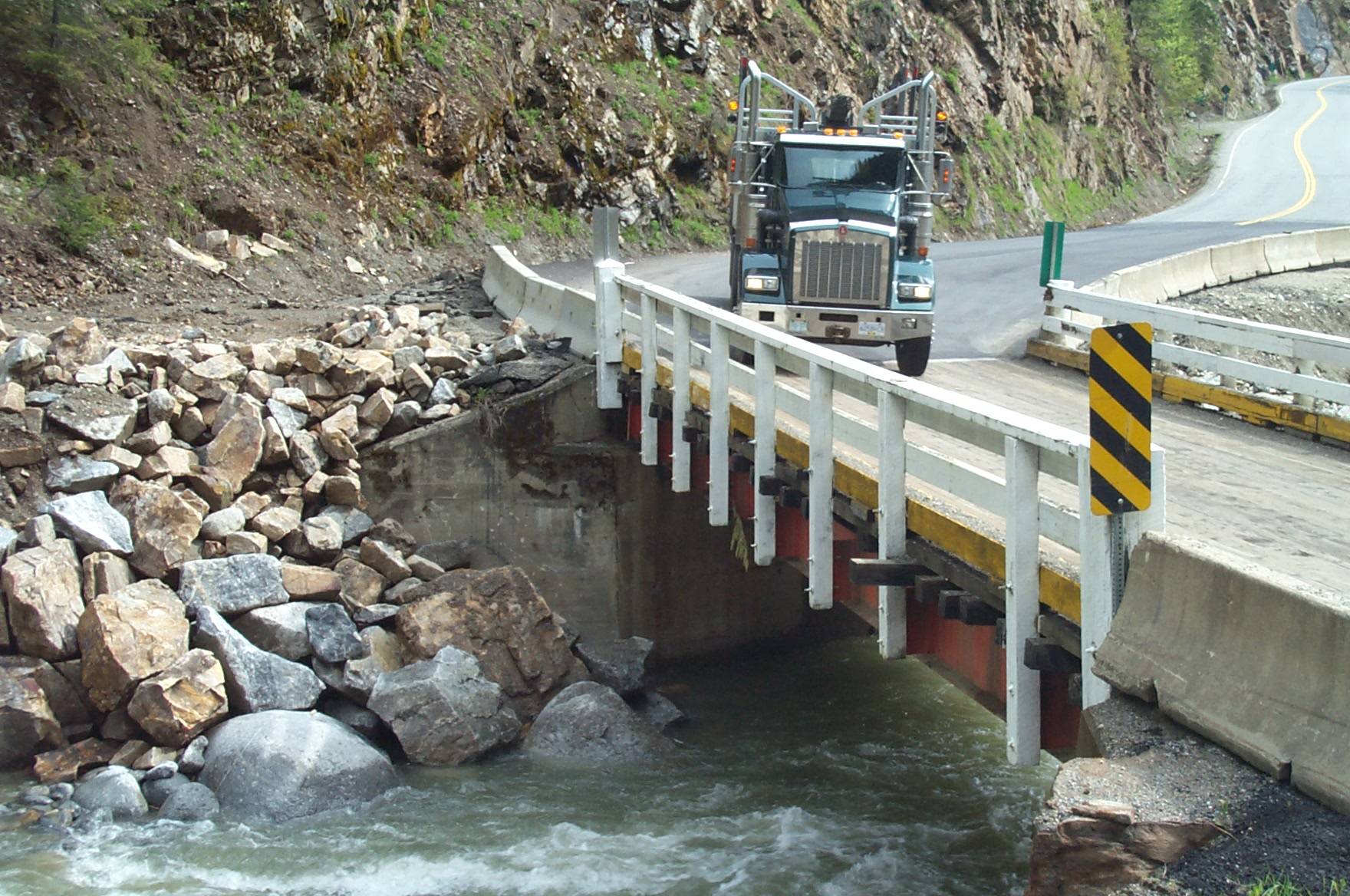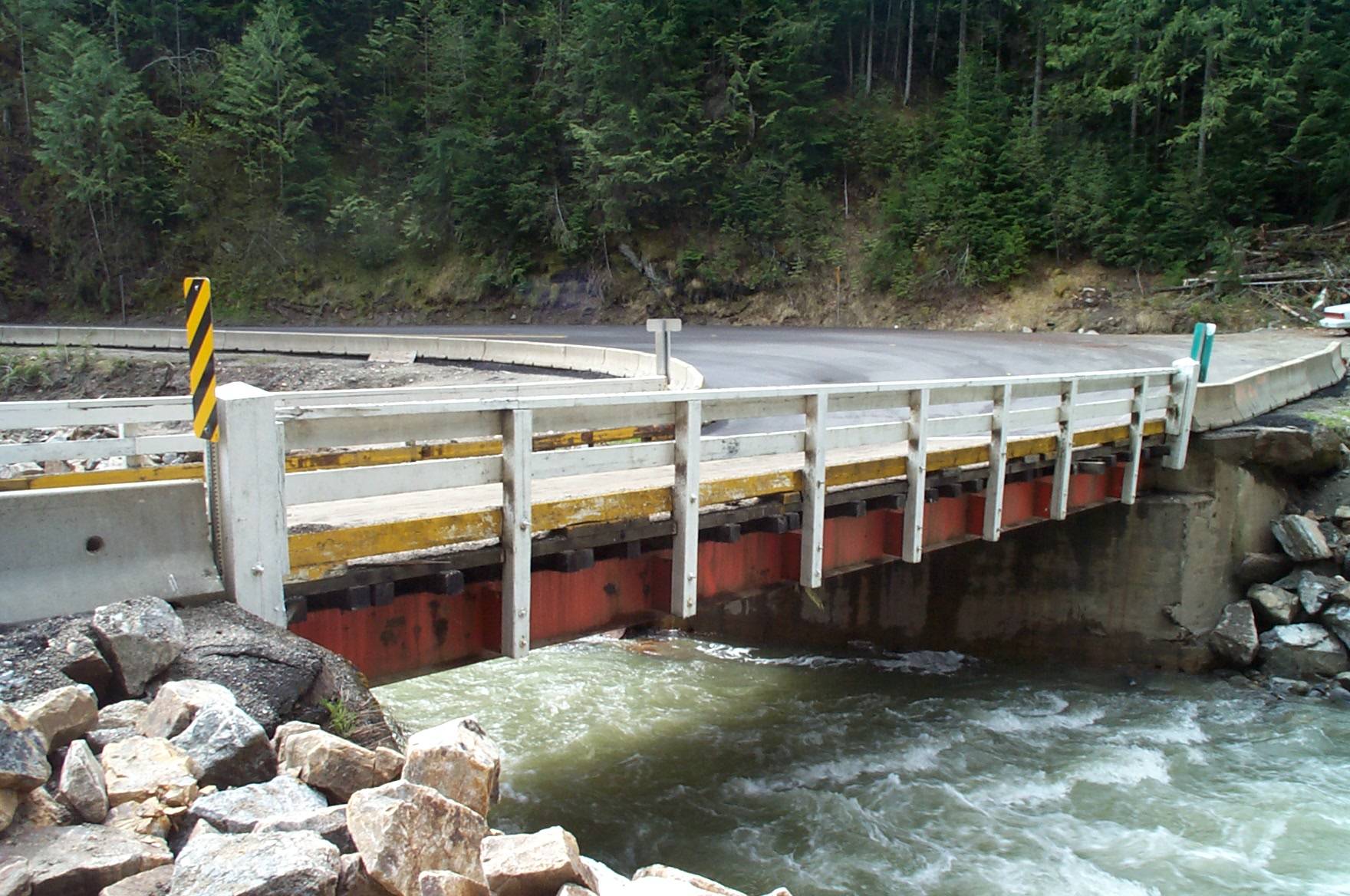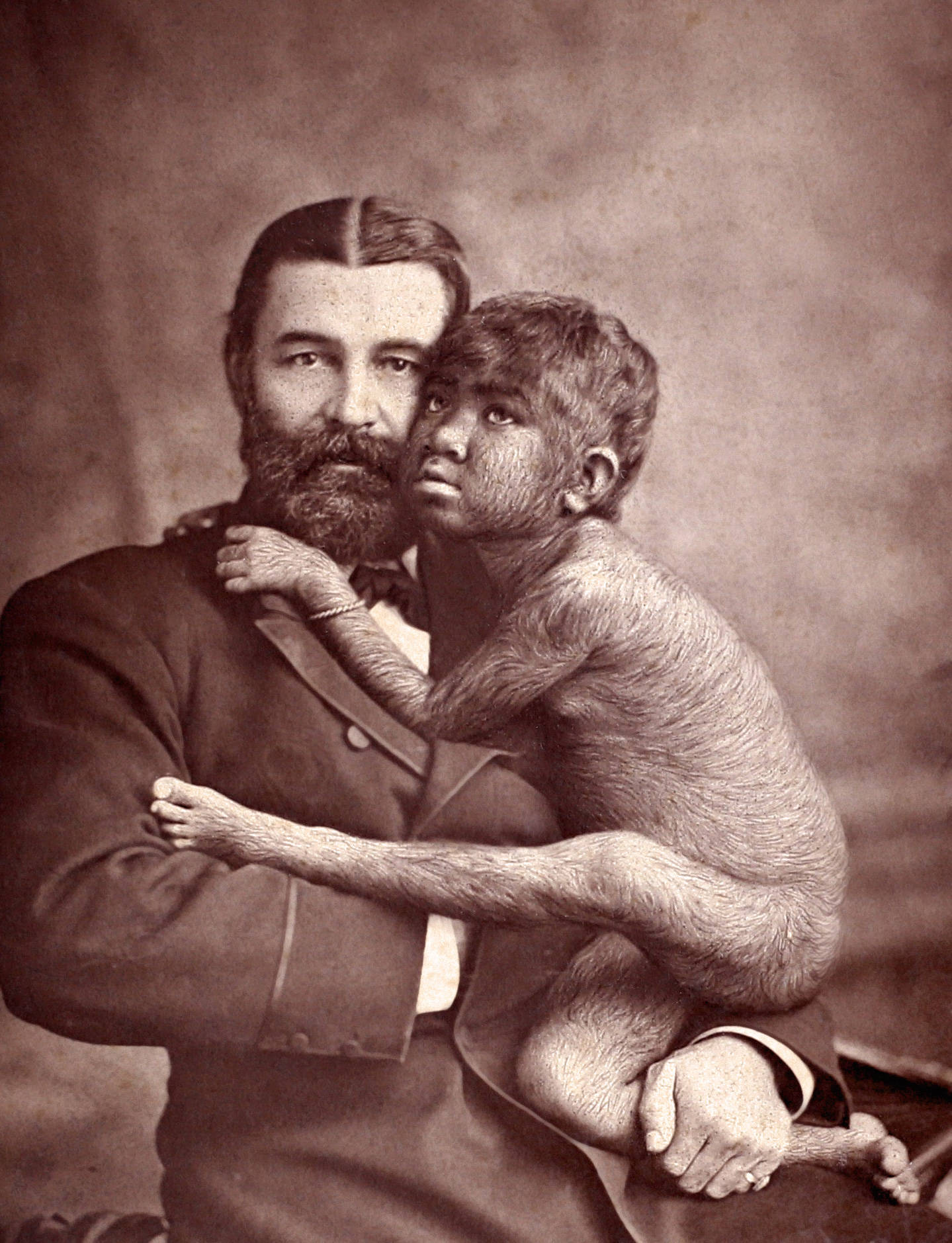A series on West Kootenay/Boundary place names
Coffee Creek, south of Ainsworth Hot Springs on Kootenay Lake’s west shore, was never really a community, but it was a steamer landing.
It was first mentioned by Gilbert Malcolm Sproat in the 1888 Minister of Mines report, also quoted in the Victoria Daily Colonist on Aug. 30, 1888: “The Hot Springs camp embraces an area of about five miles by three, lying between Coffee and Woodberry Creeks …”
Helen and G.P.V. Akrigg wrote in the third edition of British Columbia Place Names that the name came “From the muddy water resulting from an early mining operation on the creek.”
However, in Canadian Mountain Place Names, Glen W. Boles, Roger W. Laurilla, and William L. Putnam offered an alternate theory. They said George Thomas Coffee, “a 35-year-old native of California and a hydraulic-mining expert, stopped off in this area en route to the Yukon. He finally got there in 1908. The name is doubly appropriate because the creek runs brown during the spring freshets.”
There’s no sign of Mr. Coffee ever visiting the West Kootenay and he definitely wasn’t the creek’s namesake. The latter book cites 1906 as the earliest use of the name, but several more examples exist from the late 1880s and it appeared throughout the 1890s. It also shows up on George M. Dawson’s 1890 Reconnaissance Map of a Portion of the West Kootanie [sic] District.
Coffee Creek was listed in the civic directory from 1898 to 1900 as “a mining camp near Ainsworth.” The only resident was William Lynch, manager of the Taylor air compressor plant. The landing later appeared in the directories from 1918 to at least 1948, with no residents listed.
The name was officially adopted in 1924, along with Coffee Pass, at the head of the creek. The BC Geographic Names website notes that the “steamer landing and settlement” was at the creek’s mouth until the early 1950s.
A few other Coffee-themed geographic features exist in BC, including another Coffee Creek northwest of Fort St. John, a Coffee Crater in Mount Ediza Provincial Park southeast of Telegraph Creek, a Coffee Lake north of 100 Mile House, Coffey Creek south of Atlin, and Coffee Pot, a rock southwest of Hudson’s Hope.
Today our Coffee Creek is best known for its rock bluffs and hairpin curve that Highway 31 snakes around. The bridge over the creek was a single-lane, wooden structure until it was finally replaced in the mid-2000s.
The BC Geographic Names site also notes Coffee Creek was mislabeled Krao Creek on a 1902 map. Krao Creek actually flows into Coffee Creek, and was named for the Krao mine, first mentioned in the 1889 Minister of Mines report: “Native wire silver has been reported as occurring at the ‘Krao’ mine, Kootenay Lake.”
The creek was first mentioned in the Nelson Miner on Aug. 9, 1890: “A tunnel, started from near Krao Creek, is now being run to tap the Black Chief ledge …”
The creek name was officially adopted in 1948. There’s also a Krao Lake, officially named in 1971. From the 1980s until a few years ago, the Krao Lounge operated in the Ainsworth Hot Springs hotel.
Wheeler explained in the Slocan Mining Review of Nov. 15, 1906 that he located the mine in August 1884. “The name is not an Indian one, as many suppose; in fact that was the name of a little dog that was a favourite of mine at Butte, and thus the mine received its name.”
A menu in the former Krao Lounge added: “Ainsworth Hot Springs’ most renowned dog, Krao, was given to the owner of the club hotel, Charlie Olson, by a Kootenai Indian chief. Krao lived from 1883-1904. This lounge was named in Krao’s memory.” No source was given.
But how did Krao the dog get his name? Here’s where things get interesting.
Krao Farini (1876-1926) was a sideshow performer in North America and Europe with hypertrichosis, a condition that results in an abnormal amount of body hair. She was born in Laos, then part of northern Siam.
Several contradictory accounts of her origins exist. Krao was reportedly purchased from her parents by Prof. Carl Bock and Dr. George Shelly in 1881 and taken to Europe to be exhibited as the missing link between humanity and apes. She learned to speak German and English and was adopted by the Great Farini (real name William Hunt), a Canadian circus entertainer who was Bock’s employer.
Despite being exhibited as a freak, Krao maintained her dignity. She lived in Brooklyn, taught herself to play the violin, and was well-loved by her colleagues and highly regarded for her intellect.
Krao’s unusual name — supposedly Siamese (Thai) for ape, although that’s not so — didn’t appear in English language publications before her well-publicized London debut in late 1882. That’s around the time Wheeler had his dog in Butte and a couple of years before he staked the Krao mine. So it’s likely the dog, mine, creek and lake were all directly or indirectly named after Krao Farini.
What’s more, Krao’s adoptive father, the Great Farini, moved to West Kootenay in 1897 to look after mining interests in the Slocan for a Rossland company. In his two years in the region, he must have heard about Krao Creek and been baffled by its name. The link has never been pointed out until now.



